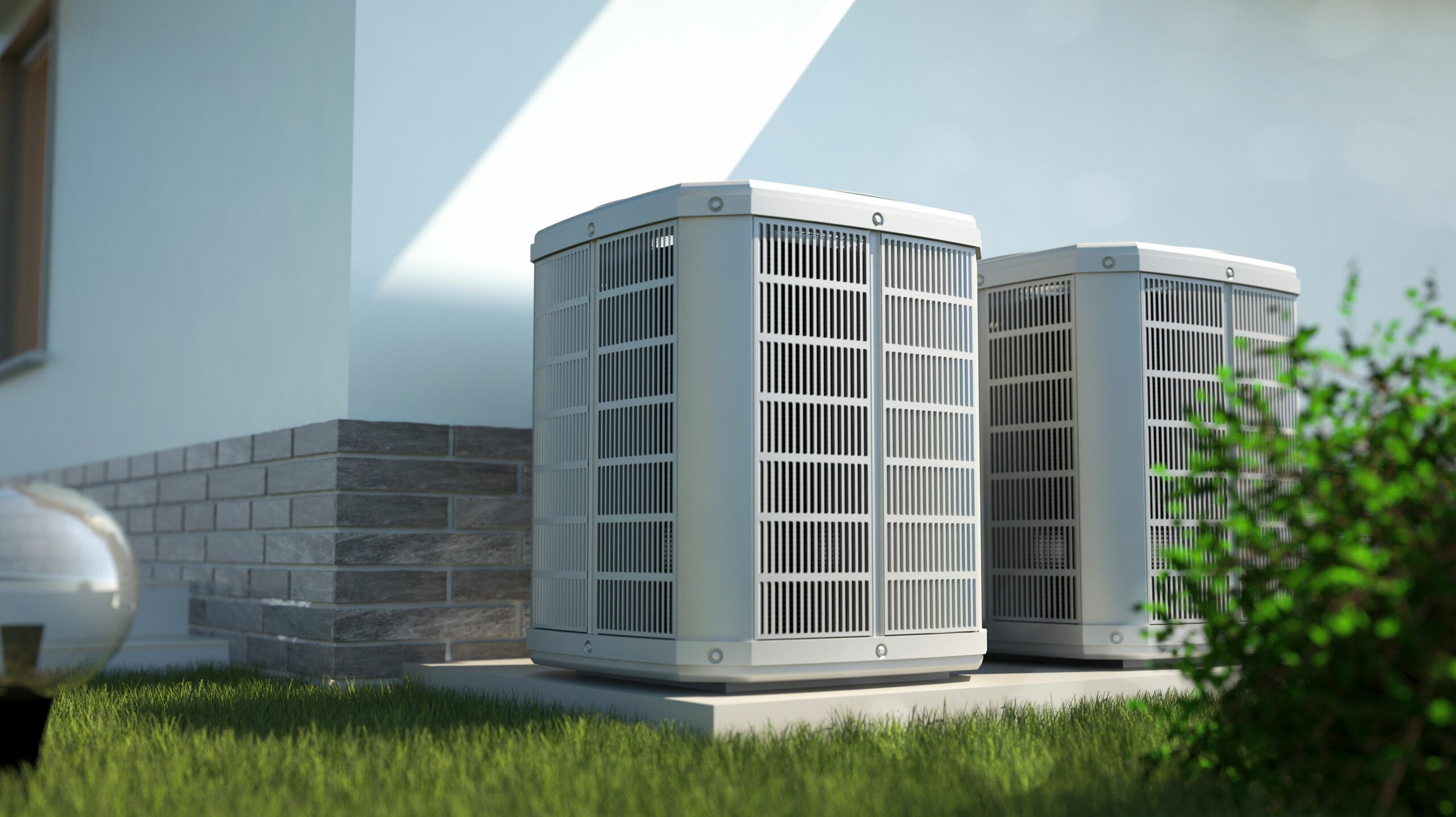Installing central air conditioning can make a big difference in your home’s comfort and even your property value. Before making this investment, it’s helpful to understand the various factors involved, from system types and sizing to installation considerations and ongoing maintenance. This guide walks you through everything you need to know before installing central AC in your home.
Understanding Central Air Conditioning Systems
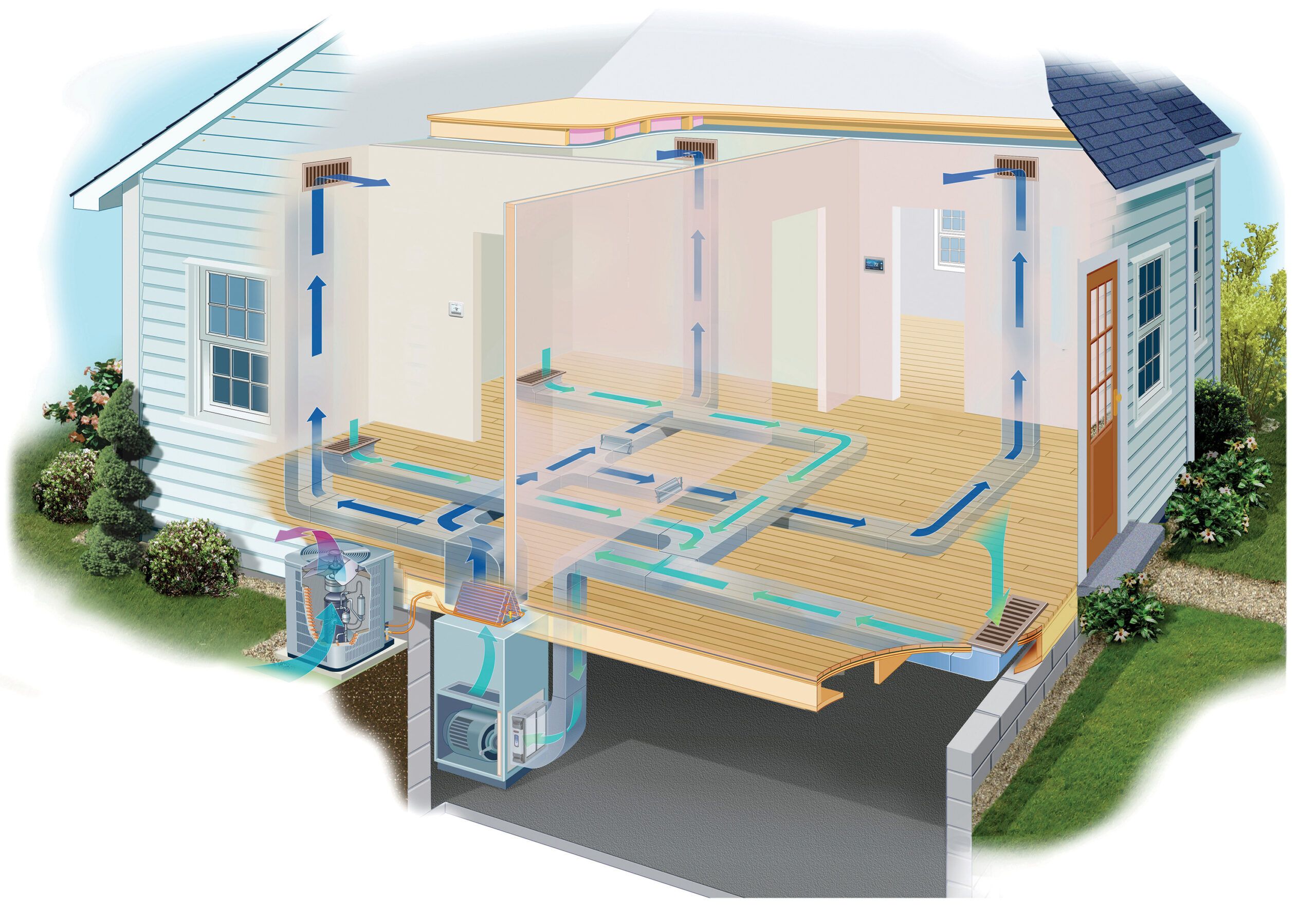
Central air conditioning systems are designed to cool entire homes efficiently by circulating cooled air through a duct network. These systems have two main components: an outdoor unit (condenser) and an indoor unit (air handler or evaporator). The outdoor unit houses the compressor and condenser coil, while the indoor unit contains the evaporator coil and blower.
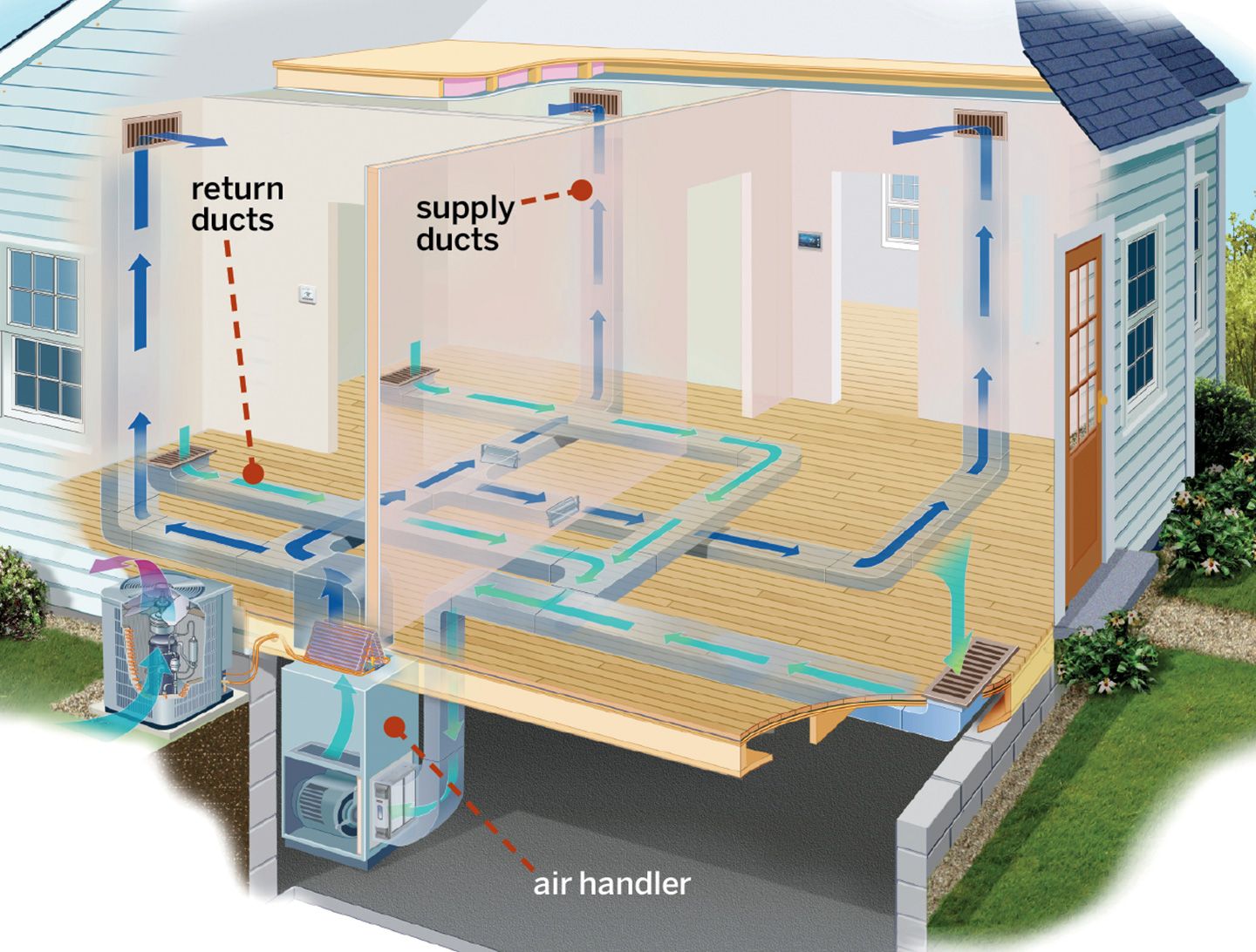
Split cooling systems pull heat out of a house with refrigerant that circulates between the condenser and the air handler. Supply ducts distribute cool air from the air handler to the rooms in the house, while return ducts carry warm air back to the air handler to be filtered and cooled. When properly sized, ducts deliver conditioned air evenly and quietly throughout the house.
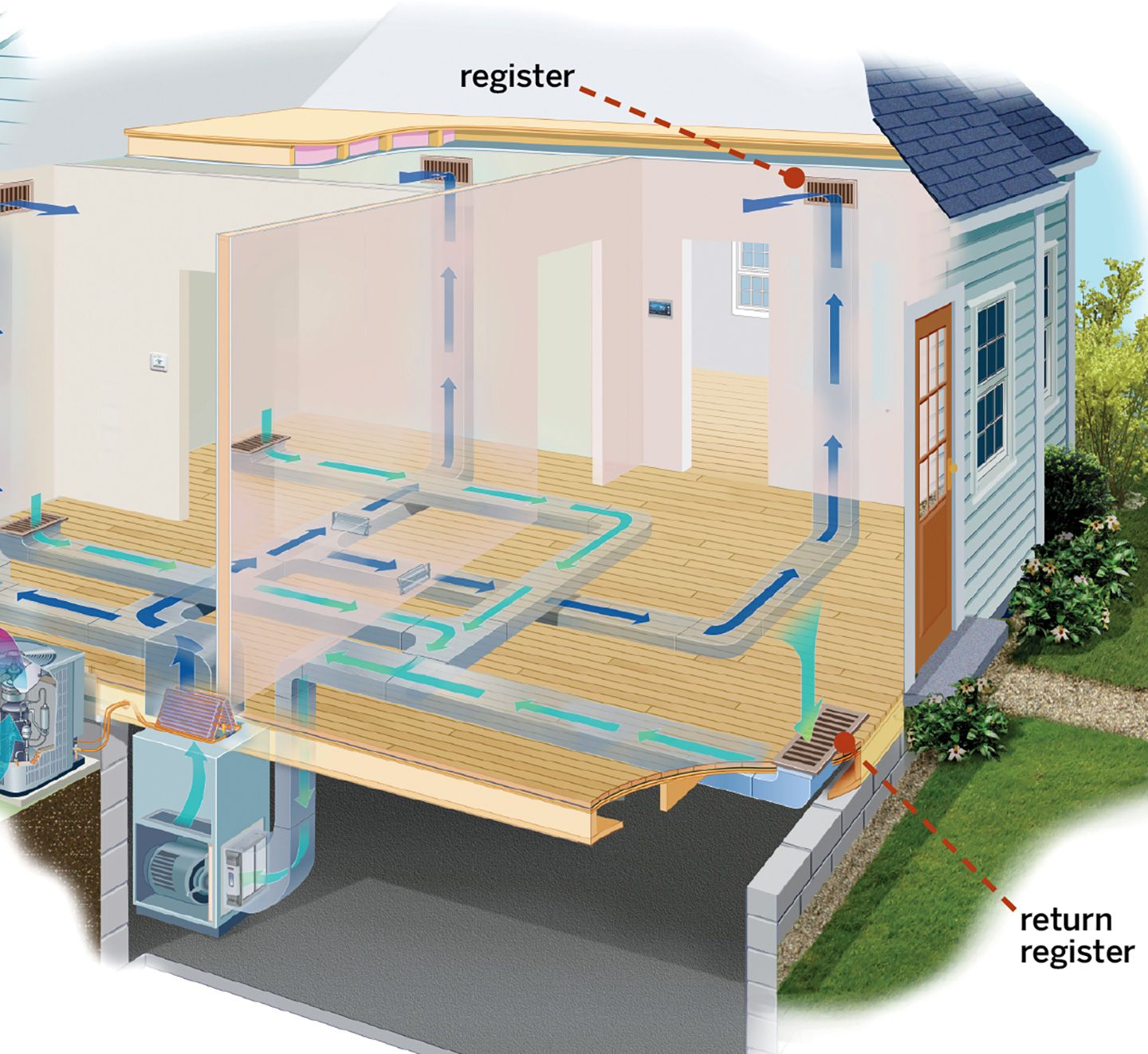
Factors To Consider Before Central AC Installation
Consider the following factors to help you choose the right system for your home.
Climate and Home Size
Your local climate and home size play crucial roles in determining what type and capacity AC system you need. Homes in hot, humid climates may require more powerful systems than those in milder regions, while larger homes typically need more cooling capacity than smaller ones.

Energy Efficiency Ratings
Energy efficiency is a big consideration for both environmental and financial reasons. Look for systems with high Seasonal Energy Efficiency Ratio (SEER) ratings. The SEER rating indicates how well a system converts electricity (watts) into cooling (BTUs) during a typical cooling season. Currently, units sold in northern states have a minimum SEER of 14, while southern states require a minimum of 15. The higher the SEER rating, the more efficient the system. Currently, the top SEER for a split system is 28, although that’s not typically for residential units.
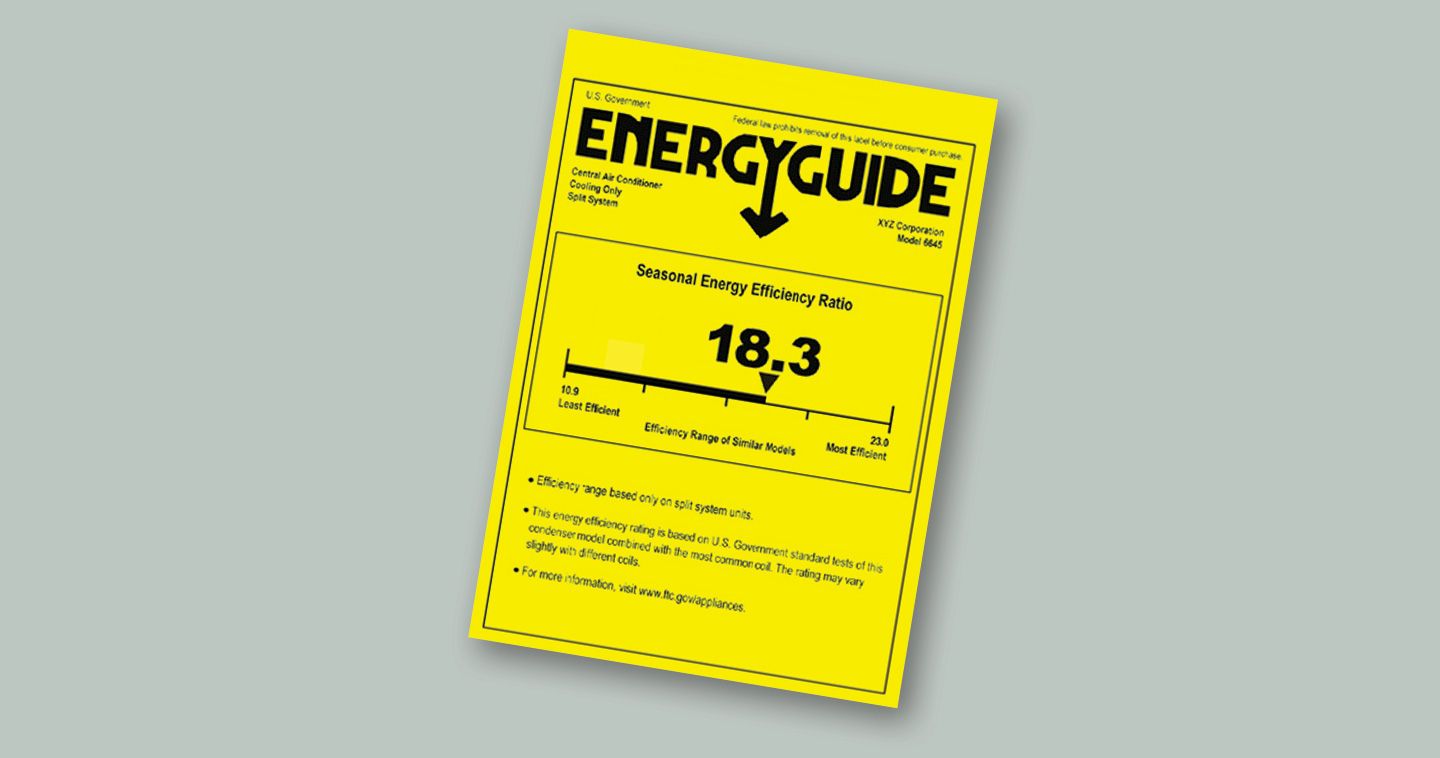
Budget Considerations
Installing central air conditioning is a major investment. Costs can vary widely based on factors such as system size, efficiency, and installation complexity. While it’s tempting to go for the cheapest option, investing in a high-quality system can lead to long-term savings on energy bills. Be sure to factor in both upfront costs and potential long-term savings when budgeting for your new AC system.
Types of Central Air Conditioning Units
There are several types of central air conditioning systems to choose from, each with its own advantages and considerations.
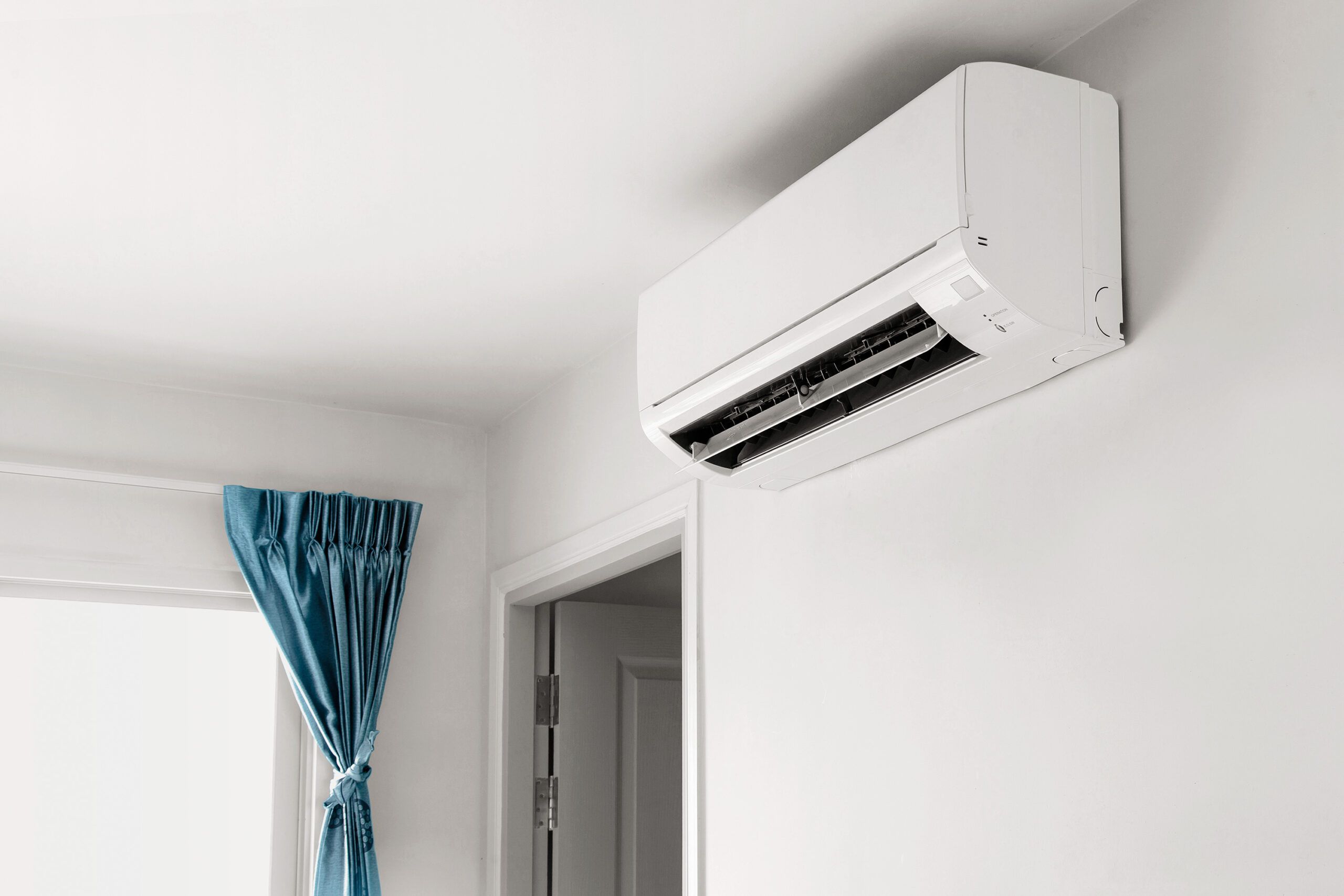
Split Systems
Split systems are the most common type of central air conditioning. They consist of an outdoor unit containing the condenser and compressor and an indoor unit housing the evaporator coil and blower. These systems are ideal for homes with a furnace but no air conditioning.
Packaged Units
Packaged units combine all components into a single outdoor unit, typically installed on the roof or a concrete slab near the home’s foundation. These systems are often used when indoor space is limited or in regions with milder climates.
Heat Pumps
Despite its name, a heat pump is able to cool houses as well as warm them up. The equipment looks like a straight AC system and works the same way in summer. In winter, the refrigerant flow reverses and carries heat indoors. Heat pumps are best suited to climates with hot summers and cold (but not frigid) winters.
Assessing Your Home’s Readiness for Central Air Conditioning
Before installing central air conditioning, evaluate your home’s current infrastructure to make sure it can support the new system effectively.
Existing Ductwork Evaluation
If your home already has ductwork for heating, it may be possible to use this for your new AC system. However, existing ducts should be thoroughly inspected for leaks, insulation issues, and proper sizing. An average home loses 25% of its conditioned air through duct leaks, so addressing these issues is necessary for an efficient system.
Insulation and Sealing Checks
Proper insulation and sealing are key for maintaining a comfortable indoor temperature and maximizing your AC system. Check for adequate insulation in your attic, walls, and floors, and make sure that all windows and doors are properly sealed to prevent cool air from escaping.
Electrical System Capacity
Central air conditioning systems require significant electrical capacity. Have a licensed electrician evaluate your home’s electrical system to make sure it can handle the load of a new AC unit. Upgrades to your electrical panel or wiring may be necessary.
Choosing the Right Size AC Unit
Selecting the right size for your AC unit is vital if you want it to perform at its best. An undersized unit will struggle to cool your home, while an oversized unit will cycle on and off too frequently, leading to increased energy consumption and uneven cooling.
Manual J Load Calculation
A Manual J load calculation is the industry standard for determining the proper size of HVAC equipment for residential use. This calculation takes into account factors such as your home’s size, insulation levels, window orientation, and local climate to determine the exact cooling capacity needed.
Common Sizing Mistakes
Beware of installers who specify your new system’s cooling capacity based on what you previously had. Without a correct Manual J calculation, you could end up with a bigger, more expensive system than you need. This leads to constant cycling on and off without ever bringing your temperature to a comfortable level.
Layout Matters: Planning Your Central AC System
When considering your air conditioning system’s layout, consider your home’s design and airflow needs holistically. This includes strategically placing the indoor and outdoor units, upgrading ductwork if necessary, and making sure the thermostat is easily accessible.
Placement of Indoor and Outdoor Units
The indoor unit’s location should promote effective airflow throughout the home. Installing it in a central location, such as a hallway or near the main living areas, can boost air distribution. The outdoor unit should be on a level surface with at least 2 feet of clearance around it for proper ventilation and ease of maintenance.
Ductwork Enhancements
Make sure your existing ductwork network can handle the central air conditioning system. In some cases, enlarging or rerouting ducts may be necessary to ensure balanced air distribution. Flex ducts can be useful for intricate pathways, but double-check that they are properly supported to avoid sagging.
Thermostat Accessibility
The thermostat should be placed in a location that accurately reflects the overall room temperature, away from direct sunlight, drafts, and heat-producing appliances. If you choose to install a smart thermostat, ensure that the location provides stable Wi-Fi connectivity for the best performance.
Central Air Conditioning Installation Process Overview
Preinstallation Preparations
You need to make preparations before installation begins. This includes clearing the area around the planned location for an outdoor unit, making sure an attic or crawl space is easily accessible for ductwork installation, and addressing any necessary electrical upgrades.
Step-by-Step Installation Guide
While the specific steps may vary depending on your home and the chosen system, a typical central AC installation involves these steps:
- Installing the outdoor unit on a level surface
- Connecting the indoor and outdoor units with refrigerant lines
- Installing or modifying ductwork
- Setting up the thermostat
- Connecting the system to your home’s electrical supply
Post-Installation Checks
After installation, your HVAC professional should perform a series of tests to check that the system is functioning correctly. This includes monitoring refrigerant levels, airflow, and thermostat operation. They should also let you know how to operate and maintain your new system.
Ductwork Considerations for Central AC
Proper ductwork is essential for streamlined air distribution throughout your home. Whether you’re modifying existing ducts or installing new ones, consider the following.
Existing Duct Modifications
If you’re using existing ductwork, it may need to be modified to accommodate your new AC system. This could involve sealing leaks, adding insulation, or resizing ducts to ensure proper airflow. Apply a coat of mastic over any joints and reinforce them with fiberglass mesh tape. For hard-to-reach leaks, use Aeroseal, a treatment that blows a polymer aerosol into the ducts to plug small gaps and holes.
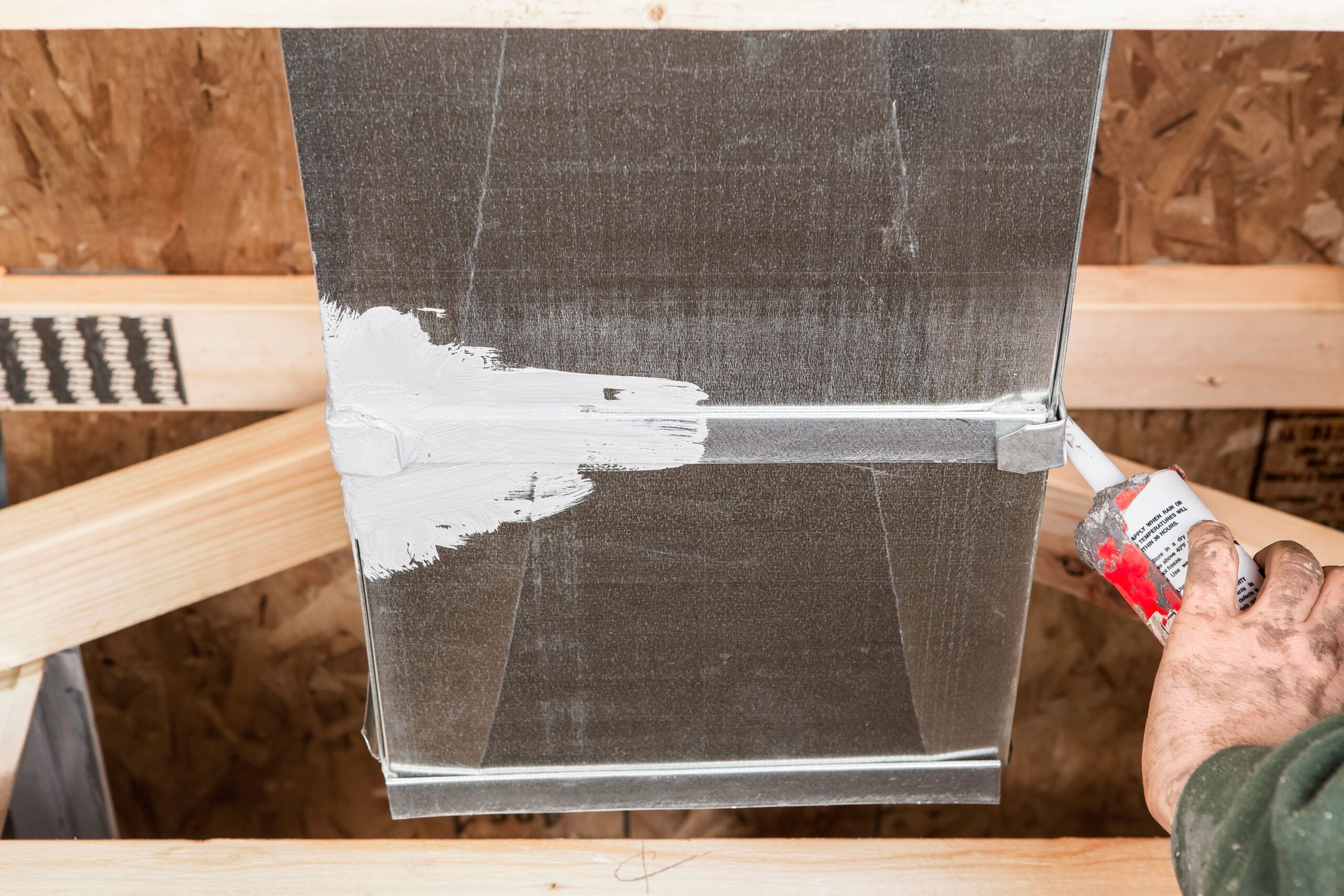
New Ductwork Installation Options
When installing new ductwork, choose from the following options:
- Mini-ducts: Flexible, 3.5-inch-diameter tubes that slip easily through stud and joist bays, delivering high-velocity air through unobtrusive 2-inch openings. They work best for retrofit applications where space is limited.
- Duct board: These foil-wrapped fiberglass panels are cut, folded, and taped to form ducts. They’re lightweight, don’t sag, and are quiet. However, they require an interior liner to prevent fiberglass from coming loose, which can trap dust and moisture.
- Flex duct: This large ducting has a vinyl skin supported by a spiral wire. It bends easily, is insulated, and is inexpensive. However, if not installed properly, it can kink and sag, potentially choking off airflow.
- Sheet metal: Galvanized steel, bent and fastened into its final shape, is the gold standard of ducting. Its smooth, rigid walls won’t sag or interfere with airflow. It’s easy to clean and should last as long as the house remains standing. However, it’s expensive and requires skilled installation.
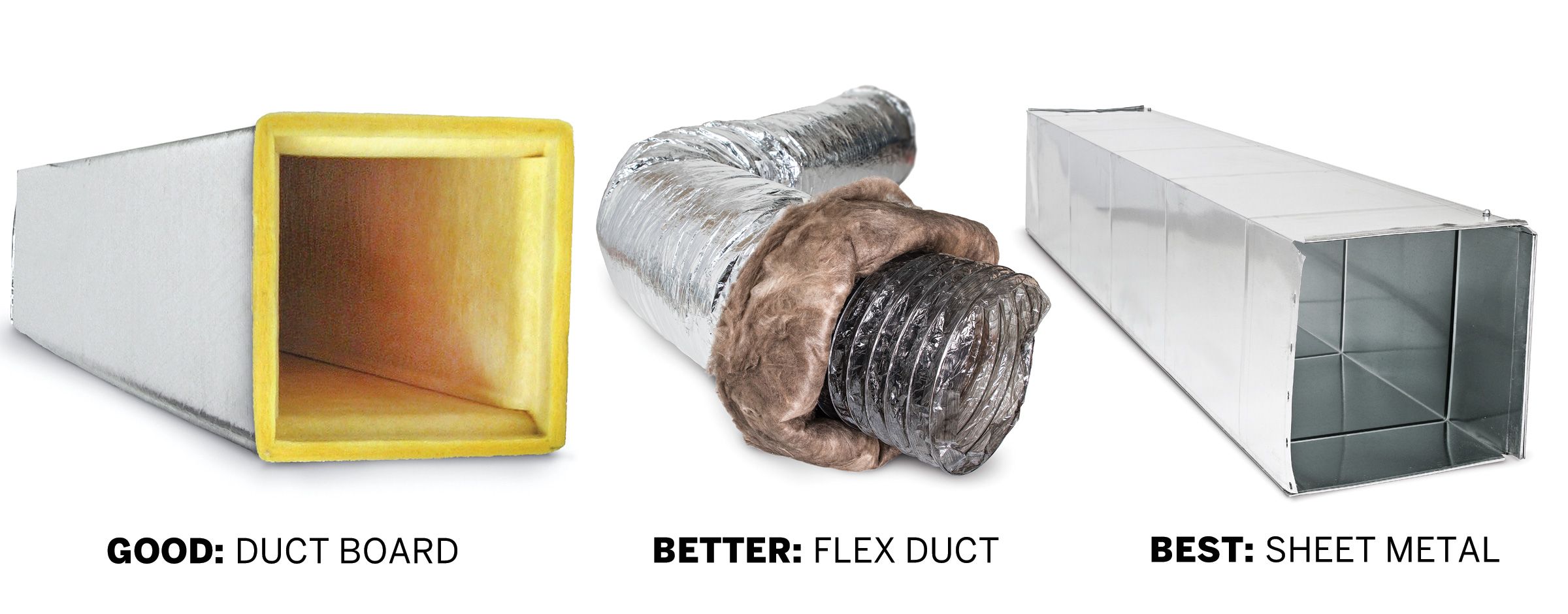
Central Air Conditioning Energy Efficiency and Cost Savings
Investing in an energy-efficient central AC system can lead to major cost savings over time while reducing your environmental impact.
When selecting your AC system, look for energy-saving features such as the following:
- High-efficiency air filters to maintain system performance
- Smart thermostat compatibility for precise temperature management
- Two-stage cooling for improved temperature control and efficiency
- Variable-speed compressors with outputs that adjust based on cooling demand
Zoning Options for Enhanced Comfort
Zoned systems channel cool air to individual rooms and floors, creating more comfortable spaces compared to a single-zone system. In most homes, one thermostat controls the temperature everywhere in the house. But single-zone systems can’t adjust if farther rooms are broiling hot, freezing cold, or not in use.
This can be fixed by creating separate zones in which additional thermostats work with mechanical dampers to direct air where it’s needed most. Done right, zoning provides room-by-room comfort and reduces electric bills.
Smart Thermostats and AC Integration
Integrating a smart thermostat with your new central AC system can improve its efficiency and your comfort. Smart thermostats offer features such as the following:
- Adjusting temperatures automatically based on occupancy
- Allowing remote control via smartphone apps
- Learning your temperature preferences and daily routines
- Providing energy usage reports
Some proprietary smart thermostats can communicate directly with your AC equipment to maximize humidity removal, air quality, and system efficiency—tasks regular smart thermostats can’t handle.
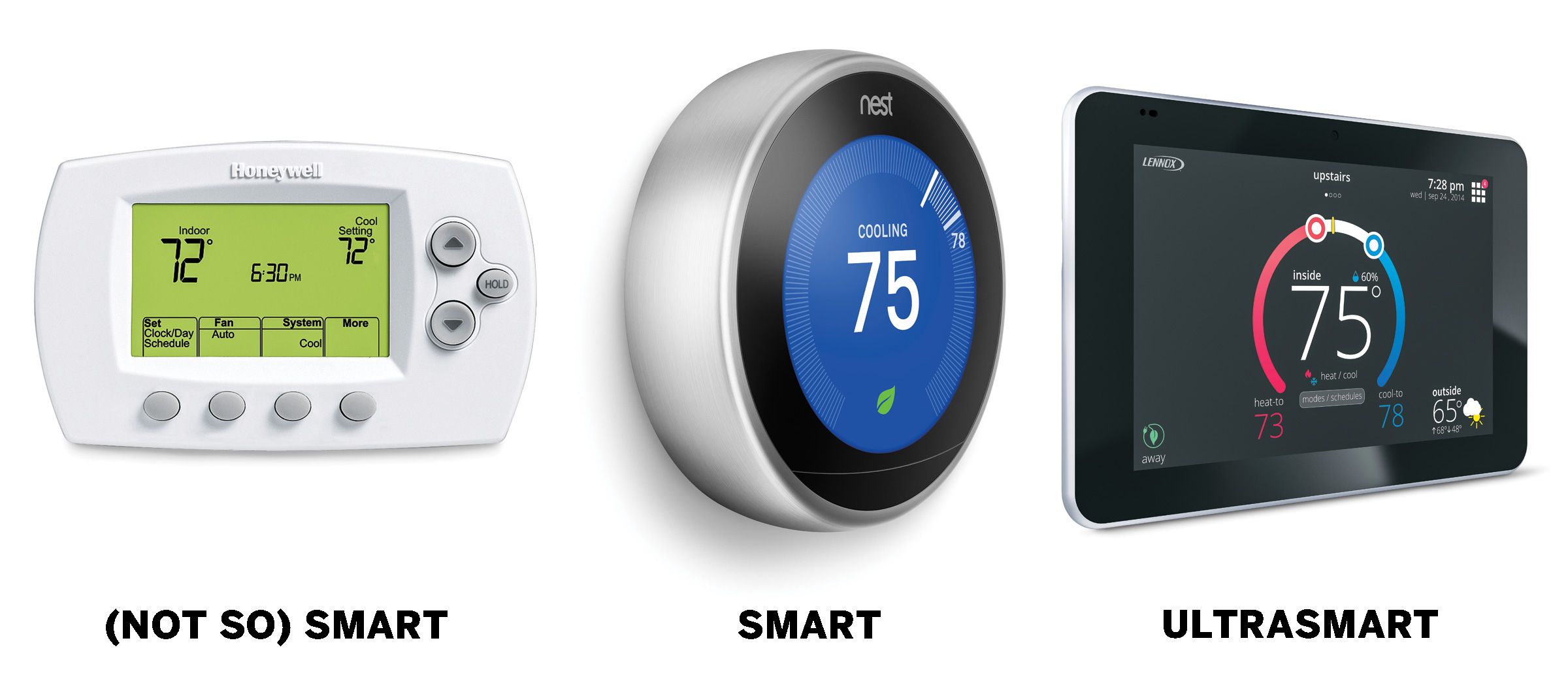
Central AC Maintenance Requirements and Tips
Regularly maintaining your AC will help it last longer and stay functioning optimally.
Regular Maintenance Tasks
Here are some maintenance tasks you can perform yourself:
- Changing or cleaning air filters monthly during peak usage
- Checking and cleaning the condensate drain line
- Keeping the outdoor unit clear of debris
- Keeping indoor vents unobstructed
Professional HVAC Service Recommendations
We recommend having your system professionally serviced at least once per year. During these service visits, an HVAC technician should do the following:
- Check and calibrate thermostat operation
- Check refrigerant levels and test for leaks
- Clean and inspect coils
- Inspect electrical connections and components
- Lubricate moving parts
Common Central AC Installation Pitfalls to Avoid
- Improper sizing: Always insist on a Manual J load calculation to get the correct system size.
- Incorrect placement of outdoor unit: Create adequate clearance around the unit, and protect it from direct sunlight.
- Neglecting home insulation: Address insulation issues before installation for maximum efficiency.
- Poor duct design: Improperly sized or leaky ducts can significantly reduce a system’s effectiveness.
- Skipping professional installation: While do-it-yourself (DIY) might seem tempting, professional installation guarantees proper setup and often includes warranties.
Comparing Professional vs. DIY AC Installation
While some homeowners may consider a DIY approach to save money, central AC installation is complex and typically requires professional expertise.
Professional installation offers several advantages:
- Ensures proper sizing and installation
- Includes warranties on both equipment and labor
- Addresses potential issues with ductwork, electrical systems, and home insulation
- Guarantees compliance with local building codes and regulations
DIY installation risks include the following:
- Improper sizing, leading to inefficient operation
- Potential damage to expensive equipment
- Safety hazards due to improper electrical or refrigerant handling
- Voiding manufacturer warranties
- Non-compliance with local codes and regulations
Given the complexity and potential risks, we strongly recommend professional installation for central air conditioning systems.
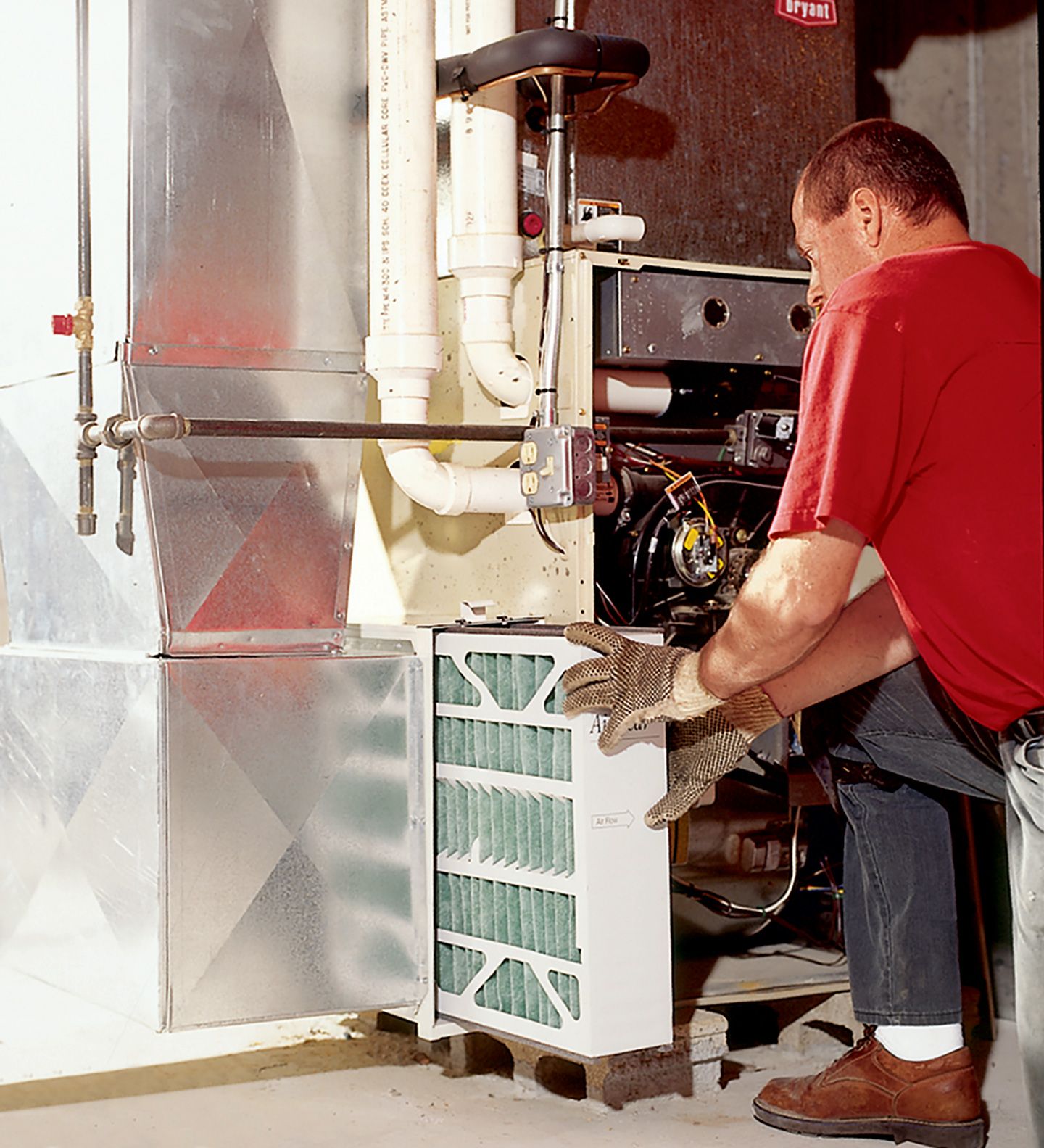
Improving AC System Performance Over Time
Regular Maintenance
Regular AC maintenance isn’t just about cleaning filters or removing debris—it’s also about keeping an eye on your thermostat settings and ensuring they’re set for both comfort and efficiency. An annual tune-up from a pro will ensure all air conditioning components remain in the best condition possible.
Upgrading Components When Necessary
As your system ages, certain parts may wear out faster than others. For instance, if you notice that your air conditioner isn’t cooling as effectively as it used to, it may be time to upgrade the blower or other key parts. Being proactive about upgrades will keep it performing consistently, saving you money in the long run.
Our Conclusion
Installing central air conditioning is a big undertaking, but one that can make your home a lot more comfortable. By understanding the various factors involved—from system types and sizing to energy efficiency and maintenance requirements—you can make an informed decision about which unit best suits your needs and budget. Always work with a reputable HVAC company that can provide accurate load calculations, recommend appropriate systems, and ensure proper installation.
